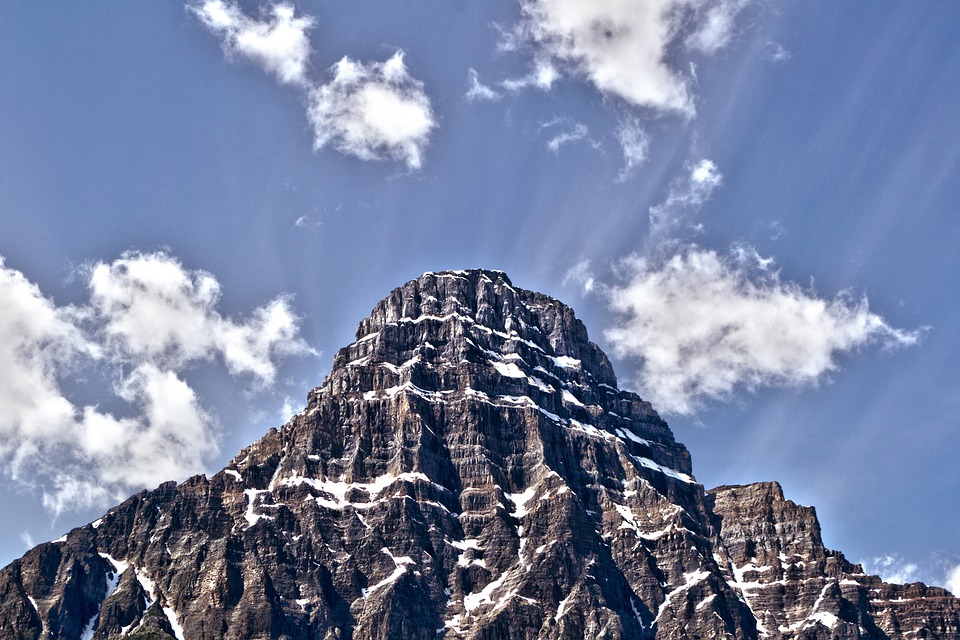What Is the Climate in New England?
New England, located in the northeastern United States, comprises six states: Maine, New Hampshire, Vermont, Massachusetts, Rhode Island, and Connecticut. Its geographical position and diverse topography significantly influence its climate, characterized by four distinct seasons. Understanding this seasonal climate is crucial for various sectors, including agriculture, tourism, and local lifestyles.
General Climate Characteristics of New England
New England predominantly experiences a humid continental climate, which is marked by:
– Four distinct seasons: winter, spring, summer, and fall.
– Temperature variations: Significant differences between summer and winter temperatures.
– Precipitation: Generally distributed evenly throughout the year, with variations based on proximity to the coast and elevation.
The climate varies considerably across the region due to its topography. Coastal areas experience milder winters and cooler summers compared to inland and mountainous regions.
Seasonal Climate Patterns in New England
A. Winter (December to February)
– Temperatures: Range from -9°C to 5°C (15°F to 40°F).
– Conditions: Characterized by cold weather and significant snowfall; southern regions average around 35 inches of snow annually while northern mountainous areas can exceed 100 inches.
– Activities: Winter sports thrive in states like Vermont and New Hampshire.
B. Spring (March to May)
– Temperatures: Gradually warming from 5°C to 15°C (40°F to 60°F).
– Conditions: Cool and wet with melting snow contributing to increased rainfall; often muddy due to snowmelt.
– Nature: Trees bud and flowers bloom as the season progresses.
C. Summer (June to August)
– Temperatures: Typically range from 20°C to 30°C (68°F to 86°F).
– Conditions: Warm and humid; coastal areas benefit from cooler breezes from the Atlantic Ocean.
– Weather Events: Thunderstorms are common, particularly in July and August.
D. Fall (September to November)
– Temperatures: Mild with averages between 10°C and 20°C (50°F to 68°F).
– Conditions: Crisp air with lower humidity; known for stunning fall foliage that attracts tourists.
– Frosts: Early frosts may occur in northern regions.
Regional Climate Variations in New England
A. Coastal Areas (Maine, Massachusetts, Rhode Island)
– Experience milder winters and cooler summers due to the moderating influence of the Atlantic Ocean.
– High humidity year-round with frequent fog along the coast.
B. Inland and Mountainous Areas (Vermont, New Hampshire, Western Massachusetts)
– Colder winters with heavier snowfall compared to coastal areas.
– Summers are less humid but can be warm.
C. Northern vs. Southern New England
– Northern New England (Maine, Vermont, New Hampshire): Colder winters with more snowfall; cooler summers.
– Southern New England (Connecticut, Rhode Island, Massachusetts): Milder winters and warmer summers.
Key Weather Events and Patterns in New England
A. Nor’easters and Snowstorms
Nor’easters are powerful winter storms characterized by heavy snowfall and strong winds that frequently impact both coastal and inland areas.
B. Fall Foliage Season
New England is renowned for its vibrant fall colors, which peak typically from early October through mid-November. The combination of cool nights and sunny days creates ideal conditions for this seasonal display.
C. Hurricane and Tropical Storm Season
While hurricanes are not frequent in New England, they can occur primarily in late summer and early fall, especially affecting coastal areas with potential flooding and wind damage.
How Climate Change is Impacting New England
Climate change is significantly altering New England’s climate patterns:
– Average temperatures are rising, leading to shorter winters and hotter summers.
– Increased rainfall intensity is expected along with more frequent extreme weather events such as flooding.
– Changes in seasonal patterns may affect agricultural cycles like planting times for crops and timing of fall foliage.
FAQs
– What is the best time of year to visit New England?
The best times are typically during fall for foliage or summer for pleasant weather.
– Does New England have a lot of snow?
Yes, particularly in northern regions where snowfall can exceed 100 inches annually.
– What causes New England’s fall foliage colors?
The colors result from cooler autumn nights combined with sunny days that enhance leaf pigments.
– Are hurricanes common in New England?
They are not common but can occur during late summer or early fall.
– How is climate change affecting New England’s seasons?
It leads to warmer temperatures, altered precipitation patterns, and increased frequency of extreme weather events.
Conclusion
New England’s climate is characterized by its distinct seasons influenced by geographical features. This diversity not only shapes its natural beauty but also impacts agricultural practices and tourism activities throughout the year. Understanding these climatic nuances is essential for residents and visitors alike as they navigate the region’s seasonal offerings.

Kyle Whyte is a notable scholar and professor at the University of Michigan, holding positions such as the George Willis Pack Professor in the School for Environment and Sustainability and Professor of Philosophy. Specializing in environmental justice, his work critically examines climate policy and Indigenous peoples’ ethics, emphasizing the nexus between cooperative scientific endeavors and Indigenous justice. As an enrolled Citizen Potawatomi Nation member, he brings a vital perspective to his roles as a U.S. Science Envoy and member of the White House Environmental Justice Advisory Council. His influential research is supported by various prestigious organizations including the National Science Foundation, and disseminated through publications in high-impact journals. Kyle actively contributes to global Indigenous research methodologies and education, with affiliations to numerous institutes and societies dedicated to traditional knowledge and sustainability. Recognized for his academic and community engagement, Kyle has earned multiple awards and served in various visiting professorships. His efforts extend to leadership positions on boards and committees focused on environmental justice nationwide.
